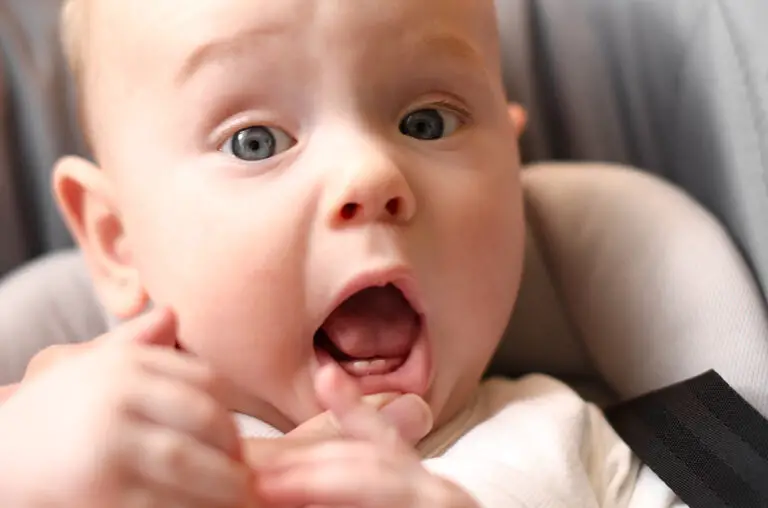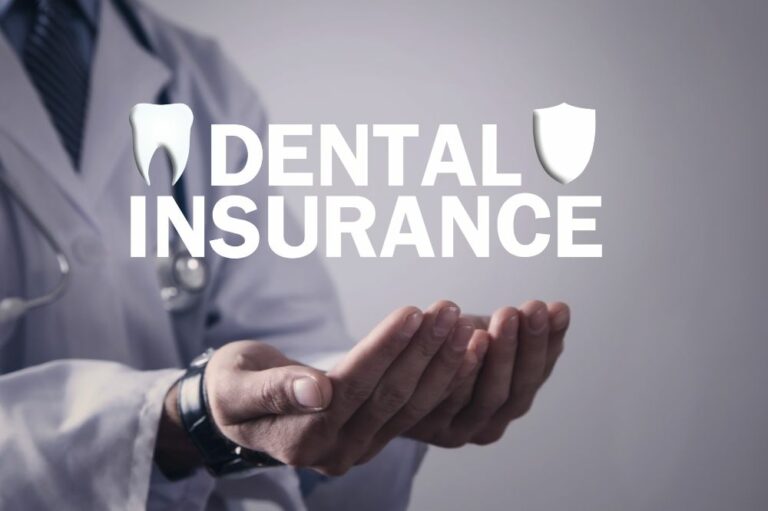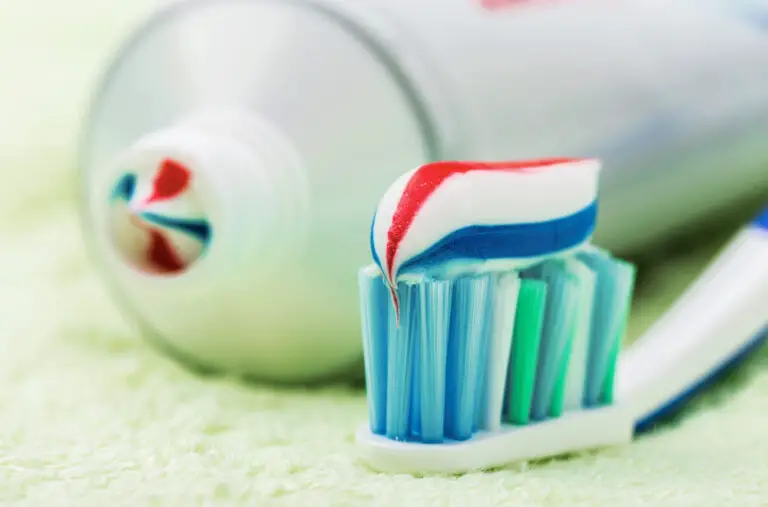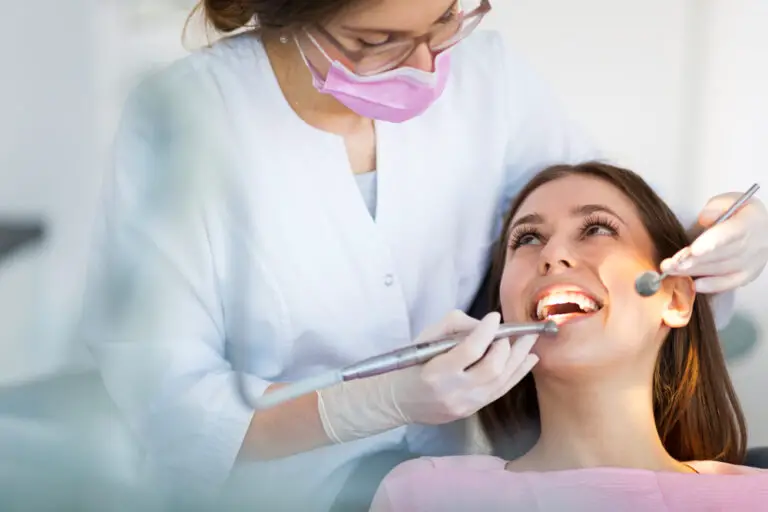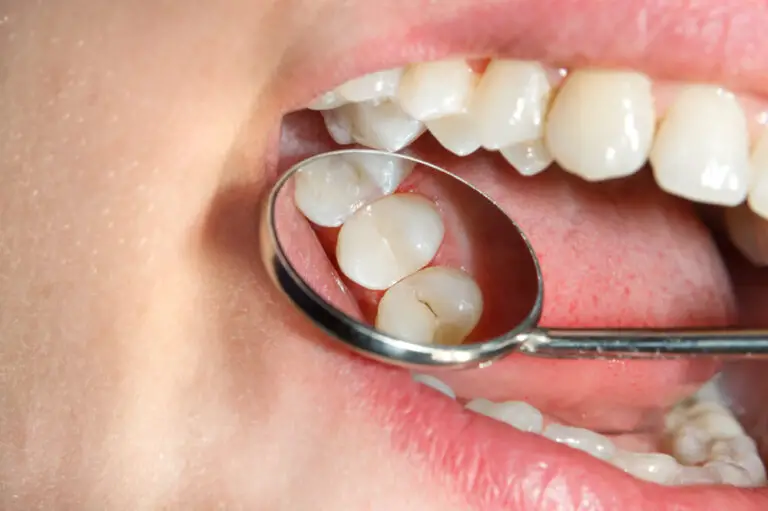Tooth loss is an extremely prevalent problem affecting millions of adults worldwide. According to surveys, complete tooth loss affects around 7% of adults aged 65 years and above in the United States. With age, teeth become progressively damaged from dental caries, advanced periodontal disease, trauma or other injuries leading to extraction. Traditionally, the options for tooth replacement have included dental implants, bridges, partial and complete dentures. However, these prosthetic solutions have several drawbacks like high costs, limited lifespan, discomfort, need for invasive procedures and frequent repairs or replacement. This has fueled intensive research into biological approaches for whole tooth regeneration using stem cells and tissue engineering strategies.
Stem cells are unspecialized cells capable of self-renewal by dividing and differentiating into specialized cell types. Their ability to regenerate tissues makes them an attractive option for regenerative medicine. Multiple different stem cell sources are currently being explored for applications in tooth regeneration. In this detailed guide, we will examine the biology of dental stem cells, biomaterials and scaffold fabrication methods, current progress and remaining challenges in using stem cell therapy to engineer fully functional biological tooth replacements.
Stem cells for tooth regeneration
Several types of stem cell populations are being investigated for their potential to regenerate dental tissues and bioengineer whole teeth:
Dental pulp stem cells
Dental pulp stem cells (DPSCs) are mesenchymal stem cells isolated from the soft vascularized tissue inside teeth called the dental pulp. The dental pulp contains nerves and connective tissue and is encased by dentin. DPSCs are capable of self-renewal and multilineage differentiation into various cell types including odontoblasts that produce dentin, adipocytes, neural cells, and osteoblasts. Studies have shown that DPSCs seeded onto biocompatible collagen scaffolds and transplanted into mice differentiated into odontoblast-like cells forming dentin-like mineralized tissue integrated with the host tissues. However, DPSCs alone are unable to generate whole functional teeth with appropriate organization of complex mineralized structures like enamel, dentin, cementum and periodontal ligament.
Stem cells from human exfoliated deciduous teeth
Stem cells from human exfoliated deciduous teeth (SHED) are derived from naturally shed baby teeth or deciduous teeth. SHED are a population of highly proliferative mesenchymal stem cells capable of differentiating into various cell types including odontoblasts producing dentin, adipocytes, neurons etc. Studies have demonstrated that SHED cells can generate dentin, dental pulp, cementum, periodontal ligament (PDL) tissue and alveolar bone when transplanted along with scaffolds into mice. However, SHED cells alone failed to reconstitute whole teeth.
Bone marrow derived mesenchymal stem cells
Bone marrow contains multipotent mesenchymal stem cells (MSCs) that can differentiate into bone, cartilage, fat, fibrous connective tissue, and other mesodermal derived cells. Researchers have investigated using bone marrow derived MSCs for tooth regeneration by seeding them onto natural and synthetic tooth-shaped scaffolds and then transplanting these constructs in vivo into animal models. This resulted in successful generation of certain dental tissues including periodontal ligament fibers, cementum, alveolar bone, and connective tissue around the scaffold. However, only partial tooth structures were formed, lacking components like enamel, dentin and complete roots.
Induced pluripotent stem cells
Induced pluripotent stem cells (iPSCs) are adult somatic cells that have been genetically reprogrammed back into an embryonic stem cell-like state by forced expression of specific genes. iPSCs can differentiate into cells derived from all three germ cell layers – endoderm, mesoderm and ectoderm, making them a useful stem cell source for applications in regenerative medicine. Researchers have successfully differentiated iPSCs first into epithelial stem cells and then further into epithelial cells expressing amelogenin and ameloblast-related proteins that are markers for enamel-secreting ameloblasts. These iPSC-derived epithelial cells were combined with mesenchymal cells to engineer tooth bud-like structures in vitro. When transplanted under the kidney capsule in mice in vivo, these bioengineered tooth buds resulted in the generation of mature teeth showing typical tooth structure, hardness, and mechanical properties. However iPSC-derived tooth regeneration is still limited in efficiency and functionality compared to natural teeth.
Epithelial stem cells
Epithelial stem cells derived from epithelial cell rests of Malassez reside in the periodontal ligament and have the capacity to differentiate into enamel secreting ameloblasts. One study showed that co-culturing these epithelial stem cells with MSCs on a fabricated collagen scaffold resulted in tooth crown-like structures indicating the potential to engineer whole teeth. However, integrating these into functional teeth with appropriate roots and support structures remains challenging.
Stem cells from other sources
Research is also examining the potential of stem cells from sources like adipose tissue, urine, and hair follicles for applications in tooth regeneration. Each stem cell type has its own advantages and limitations in terms of accessibility, expansion, differentiation ability etc. that need to be considered. Multipotent stem cells from alternative minimally invasive sources could provide autologous cells for personalized dental regenerative therapies.
Scaffolds for tooth regeneration
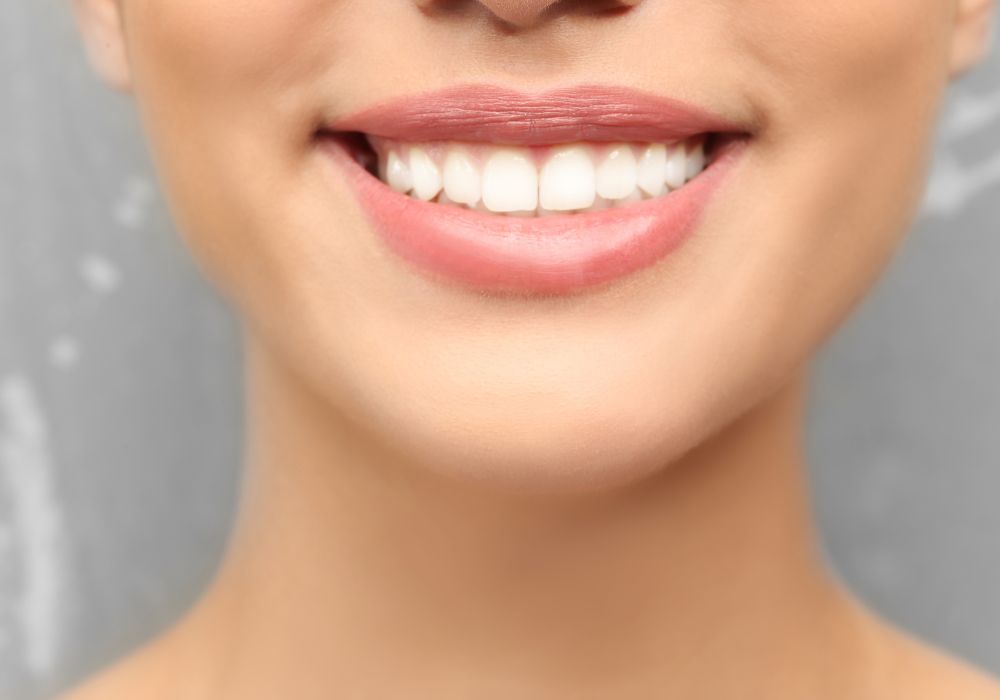
For successful dental tissue engineering, stem cells need to be combined with bioengineered scaffolds that act as a template for cell growth and differentiation. An ideal scaffold provides a 3D environment with appropriate structural, mechanical, and biochemical cues to guide stem cell adhesion, proliferation, spatial organization and differentiation into a functional bioengineered tooth. Various natural and synthetic biomaterials are being investigated as scaffolds for tooth regeneration.
Natural scaffolds
Natural polymer based scaffolds derived from substances like collagen, chitosan, and cellulose are biocompatible with good cell attachment and low toxicity. Collagen sponges and gels help adhesion, proliferation and differentiation of DPSCs into odontoblast-like cells capable of depositing mineralized dentin matrix. Chitosan has structural similarity to glycosaminoglycans in enamel extracellular matrix promoting cell growth. Combining chitosan with hydroxyapatite improves mechanical strength and osteoconductivity. However, natural scaffolds lack sufficient mechanical properties and manufacturing consistency.
Synthetic scaffolds
Synthetic polymers like polycaprolactone (PCL), poly(lactic-co-glycolic) acid (PLGA) and polyglycerol sebacate (PGS) allow precise control over scaffold architecture, porosity, degradation rate, and mechanical properties. Electrospinning produces nanofibrous scaffolds that mimic the nanoscale fibrous protein network of the natural extracellular matrix promoting stem cell adhesion and differentiation. The FDA-approved polymers PCL and PLGA processed by electrospinning have been effectively used as substrates for tooth regeneration from various stem cell types. But synthetic scaffolds may have decreased biocompatibility and bioactivity compared to natural scaffolds.
Hybrid scaffolds
Hybrid scaffolds combine the bioactivity of natural materials with the mechanical strength and tailorability of synthetic polymers. Examples include PCL or PLGA scaffolds modified with collagen nanofibers or coated with chitosan and hydroxyapatite nanoparticles. The composite scaffolds better support adhesion, proliferation and odontogenic differentiation of DPSCs. 3D printing now allows fabrication of precisely defined hybrid scaffolds with complex internal and external anatomical geometries matching natural tooth structure. This helps in organizing stem cells into proper tooth morphology.
Decellularized tooth scaffolds
Whole teeth that have been decellularized by removal of cells while retaining extracellular matrix components like collagen provide natural bioactive scaffolds that mirror complex tooth anatomical architecture. DPSCs seeded onto these decellularized natural tooth scaffolds showed excellent cell adhesion, penetration, proliferation, matrix deposition, and odontogenic differentiation forming new dentin-pulp like tissues integrated with the surrounding scaffold matrix. However, recellularization and vascularization throughout the scaffold thickness remains challenging.
Current progress in stem cell tooth regeneration
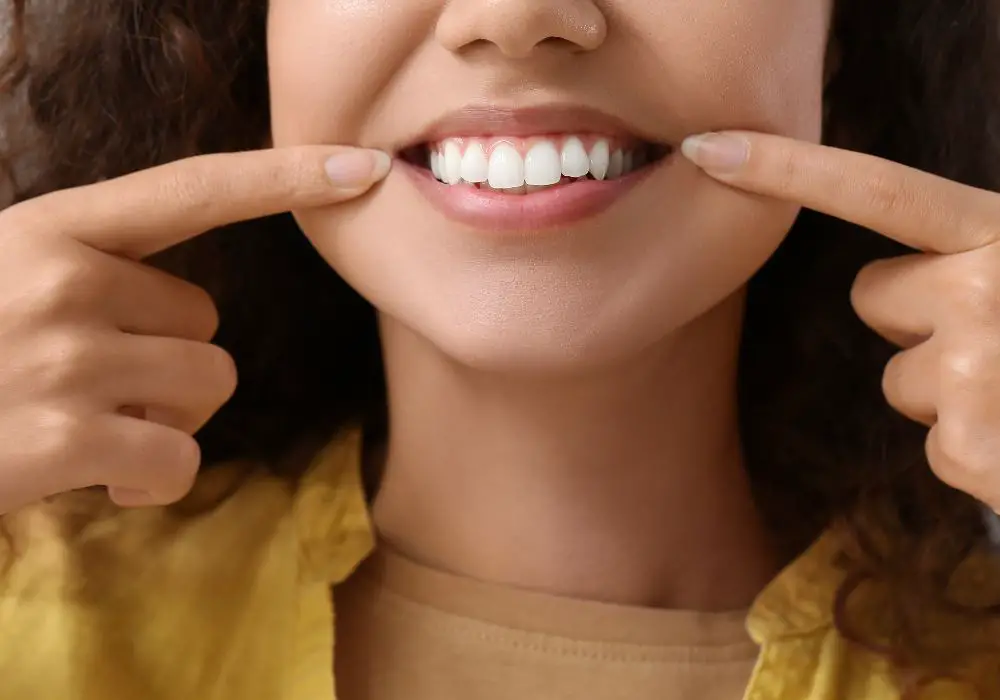
Significant progress has been made in regenerating dental tissues using stem cells combined with scaffolds. Some key achievements include:
- Partial tooth structures: DPSCs, SHED, and bone marrow MSCs seeded on natural and synthetic scaffolds have regenerated partial tooth-like structures including dentin, pulp, cementum, periodontal ligament fibers and alveolar bone in vivo in animal models including mice, rats, and mini pigs.
- Whole tooth units: Epithelial stem cells derived from iPSCs combined with MSCs generated entire tooth units with enamel, dentin, pulp, cementum and PDL which integrated with surrounding tissues upon transplantation in mice to yield biologically functional teeth.
- 3D bioprinting: Recent studies have used 3D bioprinting to fabricate tooth scaffolds with precise anatomical geometries which were then seeded with MSCs or iPSC-derived dental epithelial and mesenchymal cells, successfully yielding tooth-like structures in vitro and calcified dental tissues in vivo.
- Preclinical trials: Large animal models like mini pigs have been used to demonstrate stem cell-based regeneration of root structures, PDL, cementum, alveolar bone, and partial crowns showing potential for human clinical translation.
While great progress has been made, current techniques still have limitations in replicating natural tooth morphology, hardness, strength, and integration with jaw bone and surrounding tissues. But rapid advances in stem cells, gene editing, biomaterials, nanotechnology and 3D printing indicate potential for more advanced whole tooth regeneration.
Challenges for stem cell tooth regeneration
Despite exciting progress, several challenges remain to be addressed before stem cell tooth regeneration can become a routine clinical reality and widely available biological alternative to dental implants, bridges, and dentures:
- Whole tooth regeneration: Existing techniques can regenerate only partial dental structures, not the entire anatomically complex tooth organ. Recreating the precise organization and spatial patterns of enamel, dentin, cementum, dental pulp, blood vessels, nerves, periodontal ligament, and root structures is difficult.
- Maturation and strength: Regenerated dental tissues lack the mechanical strength, mineral content, and maturity of natural teeth making them prone to fracture or wear.
- Vascularization: Effective strategies are needed to vascularize regenerated dental tissues, especially thicker and more complex tooth structures.
- Stem cell sources: Sourcing adequate numbers of autologous stem cells with minimal invasiveness remains challenging. Making stem cell isolation more efficient could enable personalized approaches.
- Immune rejection: Scaffolds and even donor stem cells could potentially cause immune rejection. More biocompatible scaffolds and/or autologous stem cells would be needed for good integration.
- Clinical testing: Rigorous preclinical studies in animal models and human clinical trials are essential to demonstrate safety and efficacy before approving stem cell tooth regeneration for routine clinical use. This requires substantial time and resources.
- Regulatory approval: Navigating regulatory requirements poses hurdles for translating proof-of-concept studies into approved and commercially available stem cell based tooth regeneration therapies.
Future outlook
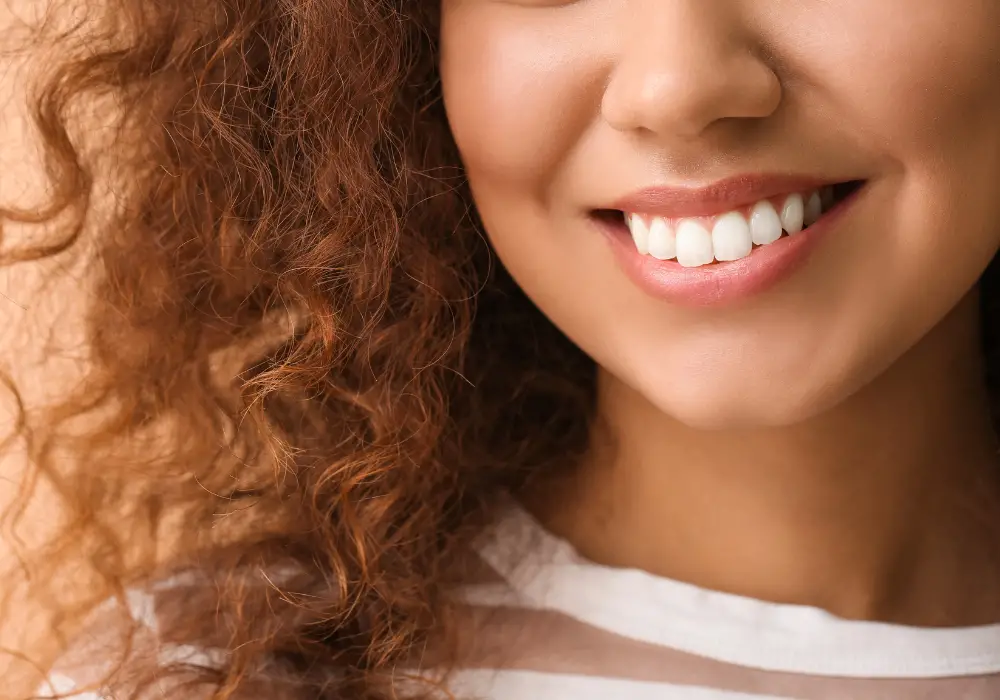
To realize the promise of stem cells to provide biological tooth replacements, researchers are adopting interdisciplinary approaches combining stem cell biology with advanced scaffold design, nanotechnology, gene editing tools, developmental biology, and bioengineering principles. Photolithography and 3D printing can fabricate custom scaffolds with complex internal architecture matching natural tooth anatomy. New biomaterials like hybrid nanofiber composites aim to better mimic the properties of native extracellular matrix for optimal stem cell differentiation and organization. Manipulating cell signaling pathways and transcription factors associated with natural tooth morphogenesis could guide stem cells towards regenerating whole functional teeth.
Personalized tooth regeneration may eventually be possible using a small biopsy to source autologous inducible pluripotent stem cells which are then differentiated into tooth germ-like structures and combined with customized 3D printed tooth scaffolds. Before practical clinical translation, regenerated stem cell teeth need to meet high standards in structural, mechanical and functional properties and integrate seamlessly with existing oral tissues.
Although significant challenges remain, the pace of technological advances in regenerative medicine make biological tooth regeneration using stem cells a realistic possibility within the 21st century. This disruptive technology has the potential to revolutionize dental care and dramatically improve quality of life for millions affected by tooth loss around the world.
Frequently Asked Questions
What are stem cells and why are they useful for tooth regeneration?
Stem cells are unspecialized cells that can proliferate extensively by self-renewal and differentiate into specialized cell types. Their ability to regenerate tissues makes them ideal to repair or replace damaged teeth. Different stem cells are being explored including dental pulp stem cells, stem cells from baby teeth, and induced pluripotent stem cells.
What biomaterials are used to make scaffolds for stem cell based tooth regeneration?
Natural materials like collagen, chitosan and decellularized teeth or synthetic polymers like PCL, PLGA are fabricated into porous 3D scaffolds. These provide support for stem cell growth, differentiation and organization into dental tissues. Advanced scaffolds also have anatomical shapes and internal architecture matched to natural tooth structures.
What are the main dental tissues that have been regenerated using stem cells?
Stem cells have regenerated dental pulp, dentin, cementum, periodontal ligament fibers, and partial crown/root structures. Co-culturing epithelial stem cells and mesenchymal stem cells generated whole tooth units containing enamel, dentin, pulp, cementum, nerves, blood vessels, and periodontal ligaments.
What are the major limitations in current stem cell tooth regeneration approaches?
Limitations include difficulty recreating whole anatomically correct teeth, inadequate strength and mineralization of regenerated tissues, problems with vascularization, sourcing autologous stem cells, immune rejection, need for rigorous clinical testing, and navigating regulatory requirements before clinical use.
When could stem cell grown teeth become a routine clinical reality?
Significant progress has been made in animal models, but human applications are likely still years away. Realistically, stem cell tooth regeneration may be a clinical reality within the next 10-20 years. Advances in stem cell biology, gene editing, biomaterials, nanotechnology and bioengineering could help translate proof-of-concept studies into safe and effective stem cell dental therapies.
Conclusion
Regenerating fully functional teeth from stem cells is a complex challenge but within the realms of possibility given the remarkable pace of technological advancement. Interdisciplinary approaches adopting emerging tools like 3D bioprinting and genome editing along with innovations in materials science and developmental biology will be critical to make biological tooth replacement using stem cells a clinical reality. Though years of research are still needed, stem cell tooth regeneration promises to disrupt and transform dentistry and provide patients with a convenient biological solution for whole tooth renewal.

